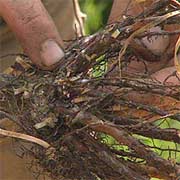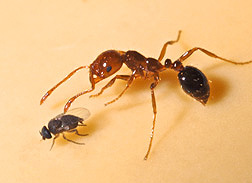Save $7.00 off first plant flat/tray or bulk unit of bare root plants, plus lots of individual plant specials too!
For $7.00 Coupon code - NoSnow must be entered at check out.
Promotion ends
February 15, 2011. Offer valid online only, cannot be combined with any other coupons or promotions and may change, be modified or cancelled at anytime without notice. Shipment date may be subject to availability, and quantities are limited.
Website choices include:
achillea, aconitum, actinidia, adenophora, aegopodium, agastache, ajuga, alcea, alchemilla, allium, alstroemeria, ampelopsis, amsonia, anemone, anthemis, aquilegia, arabis, ardisia, arenaria, aristolochia, armeria, artemisia, aruncus, asarum, asclepias, aster, astilbe, aubrieta, aurinia, baptisia, belamcanda, bergenia, boltonia, brunnera, buddleia, campanula, campsi, caryopteris, catananche, centaurea, centranthus, cerastium, ceratostigma, chelone, chrysogonum, cimicifuga, clematis, convallaria, coreopsis, corydalis, crocosmia, delosperma, delphinium, dianthus, dicentra, dictamnus, digitalis, doronicum, echinacea, echinops, epimedium, erigeron, euonymus, eupatorium, euphorbia, fallopia, ferns, ficus p. creeping fig, filipendula, fragaria, gaillardia, galium, gaura, geranium, geum, gypsophila, hedera, helianthus, heliopsis, helleborus, heuchera, heucherella, hibiscus, houttuynia, humulus l. ureus, hypericum, iberis, iris, kniphofia, lamiastrum, lamium, lantana, lathyrus latifolius, laurentia f., lavandula, leucanthemum, lewisia, liatris, ligularia, limonium, linum, liriope, lobelia, lupinus, lychnis, lysimachia, macleaya, malva, mazus, molinia, monarda, myosotis, nepeta, oenothera, origanum, pachysandra, paeonia, papaver, parthenocissus, penstemon, perovskia, persicaria, phlox, physostegia, platycodon, polemonium, polygonatumo, polygonum aubertii, potentilla, primula, pulmonaria, pulsatilla, ranunculus, rodgersia, rubus calycinoides, rudbeckia, sagina, salvia, saponaria, scabiosa, schizophagma, sedum, sempervivum, sidalcea, sisyrinchium, stachys, stokesia, tanacetum, teucrium, thalictrum, thymus, tiarella, trachelospermum asiaticum, tradescantia, tricyrtis, trollius, verbena, veronica, vinca, viola, yucca, or
Ornamental grasses including acorus, arrhenatherum, calamagrostis, carex, chasmanthium, cortaderia, erianthus, festuca, glyceria, hakonechloa, helictotrichon, miscanthus, ophiopogon, panicum, pennisetum, phalaris, schizachyrium, or
from hundreds of hemerocallis and hosta.




































